
Toyota Auris Hatchback review
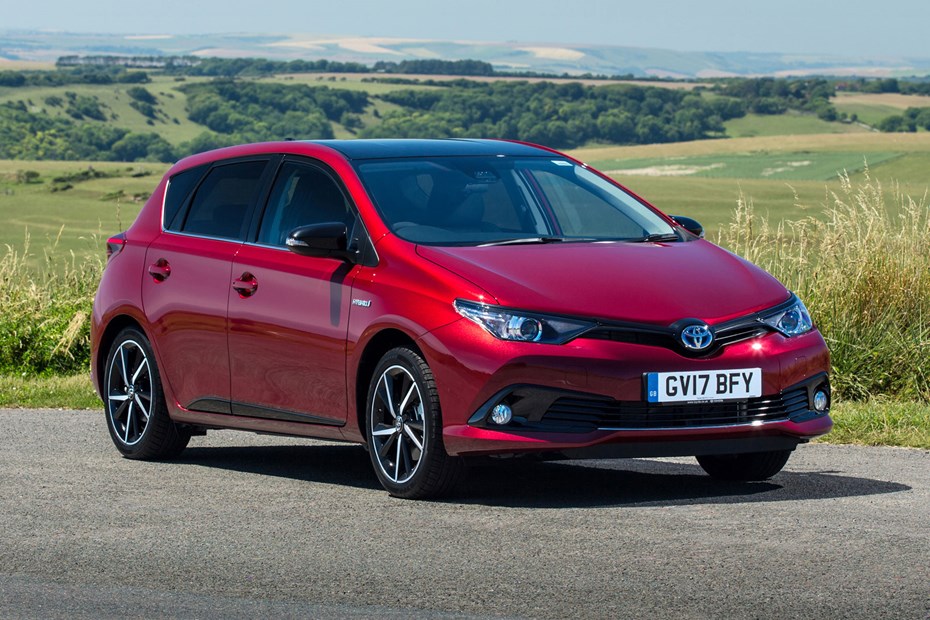
At a glance
| Price new | £14,945 - £26,745 |
|---|---|
| Used prices | £2,355 - £15,547 |
| Road tax cost | £0 - £190 |
| Insurance group | 6 - 16 |
Get an insurance quote with

|
|
| Fuel economy | 40.9 - 55.4 mpg |
| Range | 506 - 880 miles |
| Miles per pound | 6.0 - 8.1 |
| View full specs for a specific version | |
Available fuel types
Petrol
Diesel
Hybrid
Pros & cons
- Strong reliability record
- Solid feel overall
- Economical engine range
- Generous kit levels
- Dull to look at
- Uninteresting to drive
- Feels its age next to rivals
- Boot is quite small
Toyota Auris (12-19) rivals
Overview
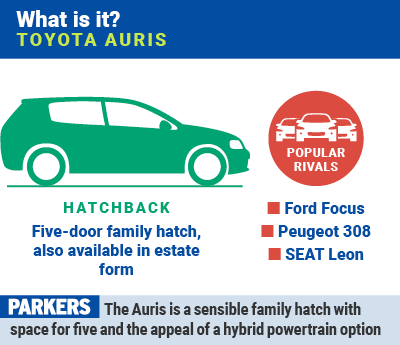
-
Read: Details of the Auris’s replacement – the 2019 Toyota Corolla
The Toyota Auris is a car that appeals directly to buyers’ heads. Across the range, it’s inexpensive to run, it’s practical and it’s reliable. While its anonymity and solid build will be enough for some, it doesn’t have the desirability of its many rivals.
And with strong alternatives like the Ford Focus, Volkswagen Golf, Peugeot 308, Renault Megane and SEAT Leon (and plenty more) its rivals serve up some serious competition. Many of which are better to drive and appeal to the heart as well as the head.
Choice of petrol and hybrid Toyota Auris powertrains
The engines available in the Toyota Auris are limited to a petrol and a hybrid, however the car was launched with a wider selection of powertrains that are no longer available.
If petrol power is your preference, the Auris is available with a 1.2-litre turbocharged four-cylinder unit producing 116hp.
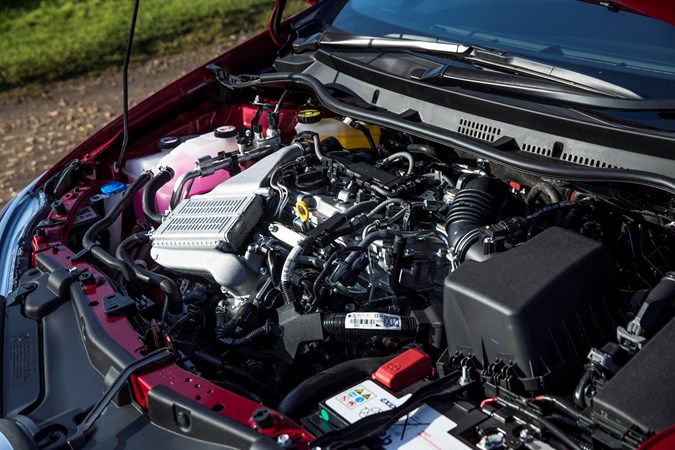
Alternatively, the Auris is available with a hybrid drivetrain, making use of a 1.8-litre petrol engine and electric motor, producing a combined output of 136hp. Unsurprisingly, it’s this engine that’s the most frugal, with Toyota claiming it’s capable of returning up to 78.4mpg, with CO2 emissions as low as 82g/km.
READ: How to drive a Toyota hybrid
Toyota C-HR long-term test review
Toyota Auris interior: solid and sensible, if a little unexciting
Inside the Auris is where it’s beginning to show its age compared with some of its younger rivals. There’s nothing especially wrong with it, and it’s certainly solidly screwed together with some nice materials used in places, but the design and overall feel isn’t inspiring.
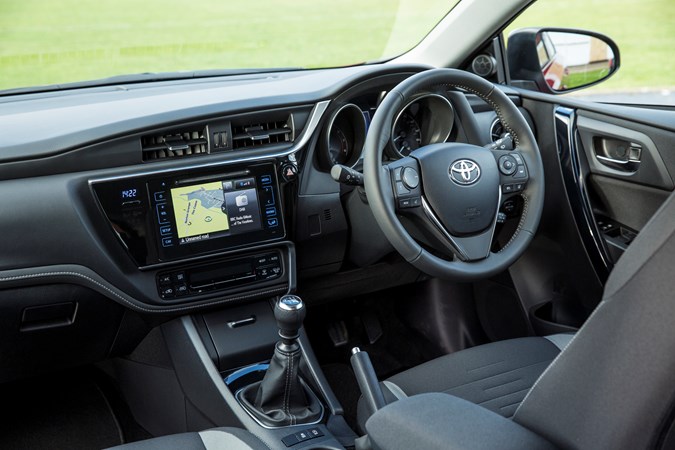
Some components don’t seem logically placed, with a dated infotainment screen located quite low down on the dash, and a design that doesn’t feel particularly cohesive. When rivals come in the form of the Volkswagen Golf and Skoda Octavia, the Toyota needs to impress.
There’s a decent amount of space inside, with good headroom front and rear, while the boot is of an acceptable size, too. Again, it trails its rivals for outright space, which you can read more about in the Practicality section of this review.
Toyota Auris facelifted in 2015
The Auris received a mid-life facelift in 2015, which brought with it tweaks to the design including new LED lights and a wider front bumper for a sportier look. New, more luxurious materials inside aimed to give the car a more premium look, along with a 7.0-inch infotainment screen.
One of the big stories to come out of the facelift was the introduction of two new engines to the range, a 1.6-litre diesel borrowed from BMW (which is no longer available) and the turbocharged 1.2-litre petrol.
Suspension and steering revisions improved ride comfort and engagement behind the wheel, plus the trim level hierarchy was revised: currently it comprises of Icon, Icon Tech, Design and Excel specifciations.




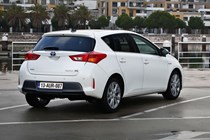


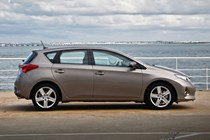
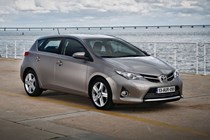
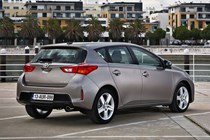


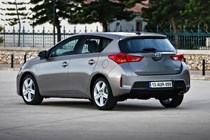

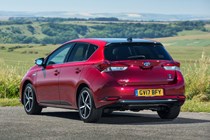
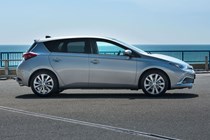
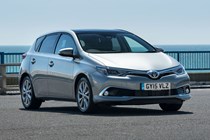
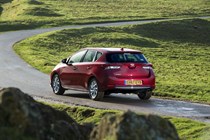
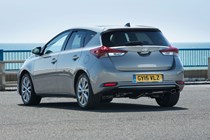

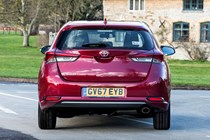
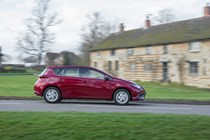
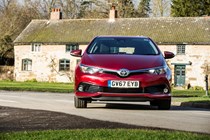
.jpg)
.jpg)
.jpg)
.jpg)





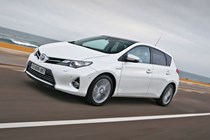
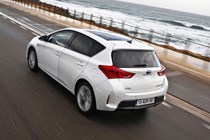
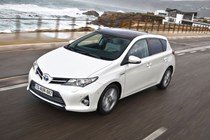
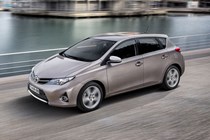
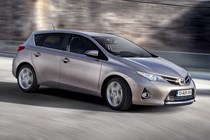



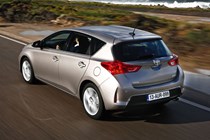



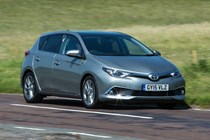

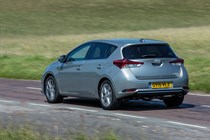
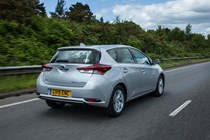
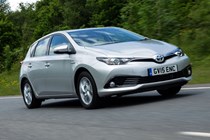
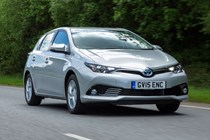


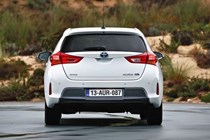
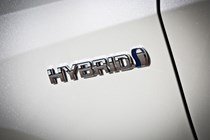
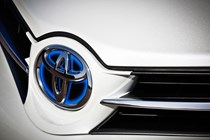
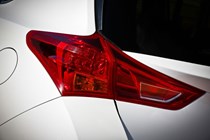
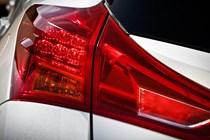
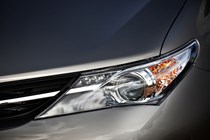
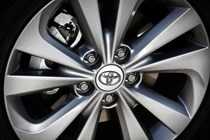
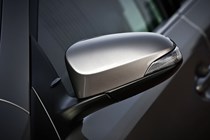
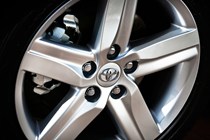
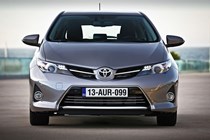
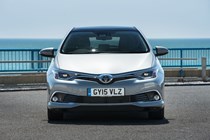
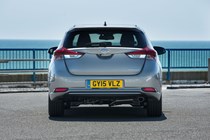
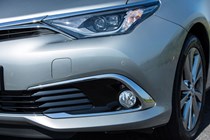
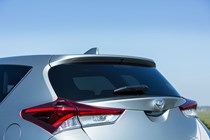
.jpg)
.jpg)
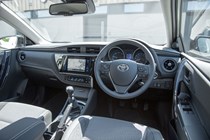
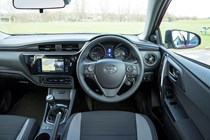

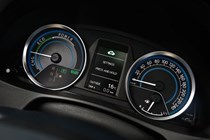

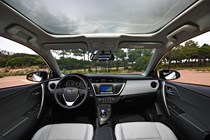




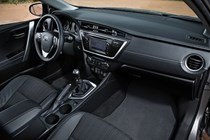



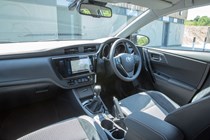
.jpg)
.jpg)
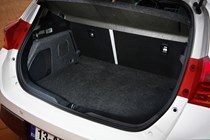

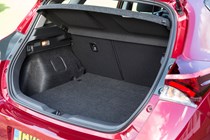
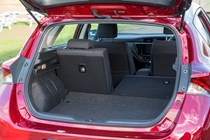
.jpg)
.jpg)
.jpg)
.jpg)

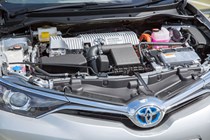


.jpg)
.jpg)
.jpg)

























.jpg?quality=50)
.jpg?quality=50)
.jpg?quality=50)
.jpg?quality=50)







































.jpg?quality=50)
.jpg?quality=50)















.jpg?quality=50)
.jpg?quality=50)




.jpg?quality=50)
.jpg?quality=50)
.jpg?quality=50)
.jpg?quality=50)




.jpg?quality=50)
.jpg?quality=50)
.jpg?quality=50)